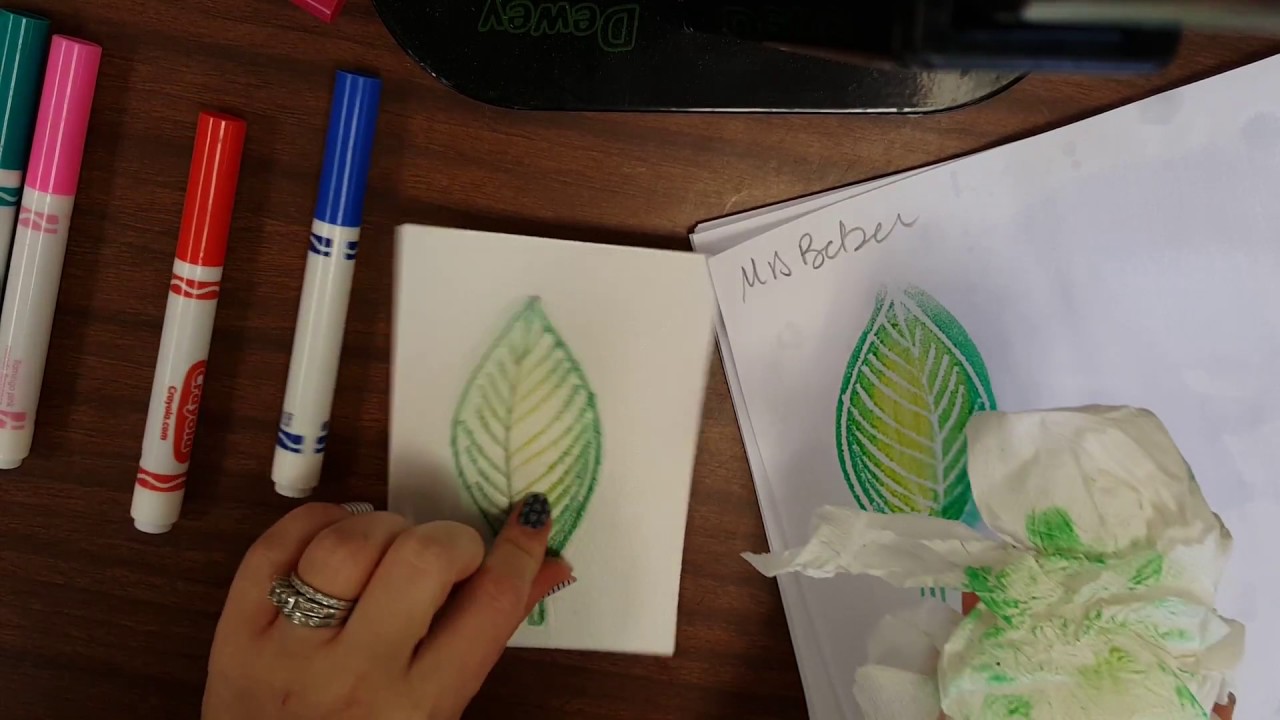
In the world of printing, there are various techniques and methods used to transfer images onto different surfaces. Two popular methods that often come up in discussions are lithography and screen printing. While both techniques involve the transfer of images, they differ significantly in terms of process, application, and outcomes. In this article, we will delve into the intricacies of lithography and screen printing, exploring their differences and highlighting their unique features.
- Understanding Lithography:
Lithography, also known as offset printing, is a widely used commercial printing technique. It involves the transfer of an image from a plate onto a rubber blanket, which is then rolled onto the desired surface. This process relies on the principle that oil and water do not mix. The image areas on the plate attract ink, while the non-image areas repel it. Lithography offers high-quality prints with sharp details and vibrant colors, making it ideal for large-scale commercial printing, such as magazines, brochures, and packaging materials. - Unveiling Screen Printing:
Screen printing, on the other hand, is a versatile printing technique that involves the use of a mesh screen to transfer ink onto a substrate. The screen is prepared by blocking certain areas to create a stencil, allowing ink to pass through only the desired image areas. Screen printing is known for its ability to print on various surfaces, including textiles, ceramics, glass, and paper. It is widely used in industries such as apparel, signage, and promotional products. - Key Differences:
a. Process: Lithography relies on the principle of oil and water repulsion, while screen printing uses a stencil-based approach.
b. Resolution: Lithography offers higher resolution and finer details compared to screen printing, making it suitable for intricate designs.
c. Substrate Compatibility: Screen printing can be used on a wide range of materials, including uneven and textured surfaces, whereas lithography is primarily used on flat surfaces.
d. Color Options: Lithography allows for a full range of colors and gradients, while screen printing is better suited for solid colors and bold designs.
e. Cost and Quantity: Lithography is more cost-effective for large print runs, while screen printing is more economical for smaller quantities.
Conclusion:
In conclusion, lithography and screen printing are two distinct printing techniques, each with its own advantages and applications. Lithography excels in high-resolution, large-scale commercial printing, while screen printing offers versatility and the ability to print on various surfaces. Understanding the differences between these techniques allows businesses and individuals to make informed decisions when choosing the most suitable method for their printing needs.


